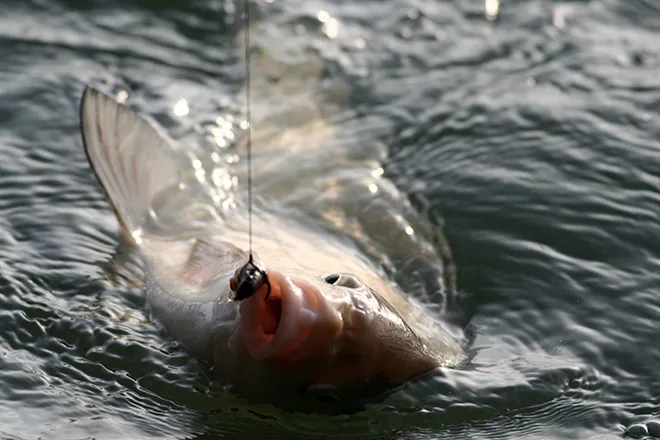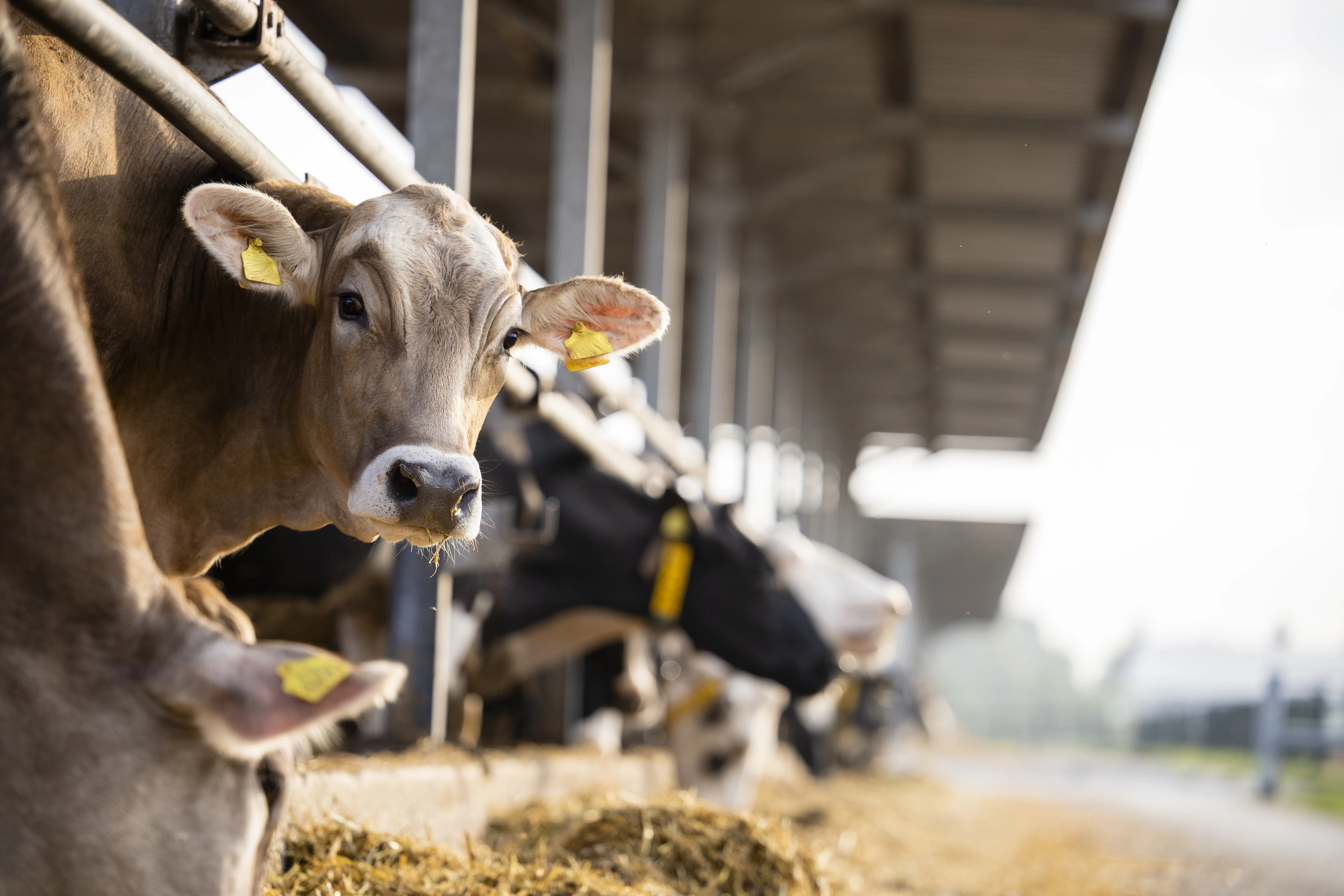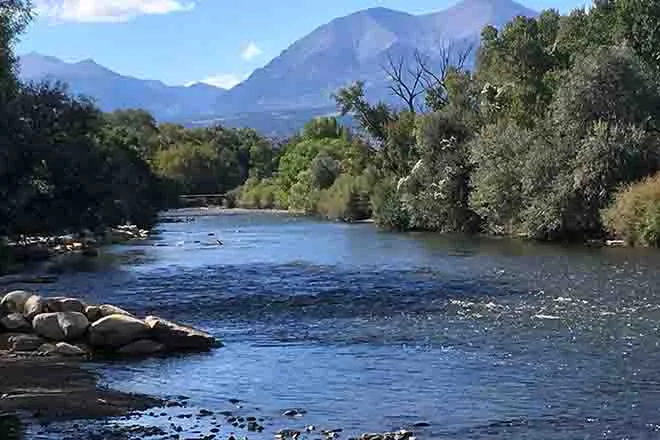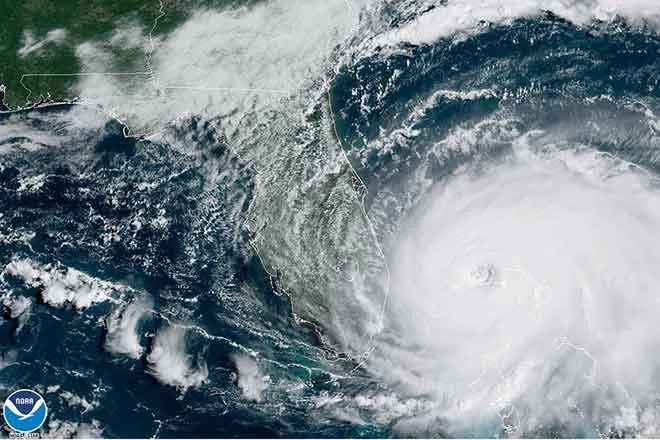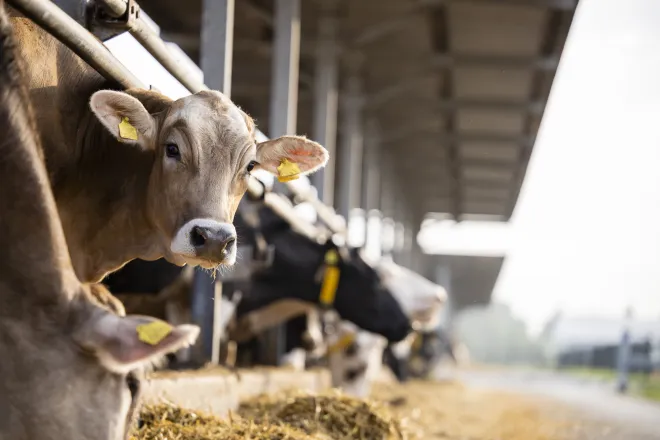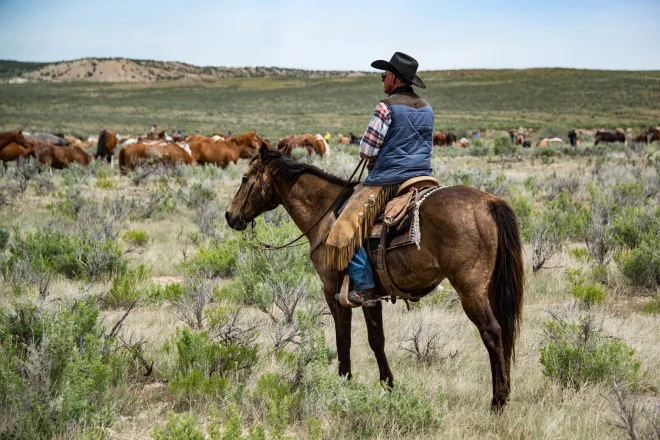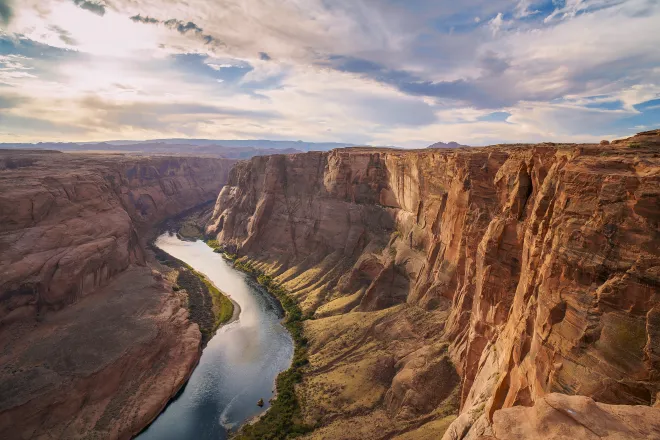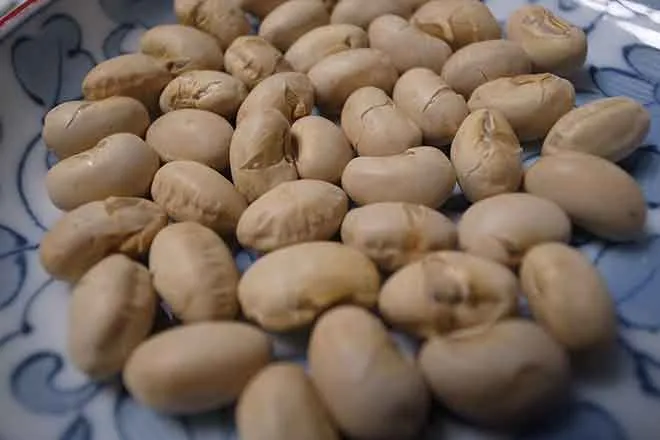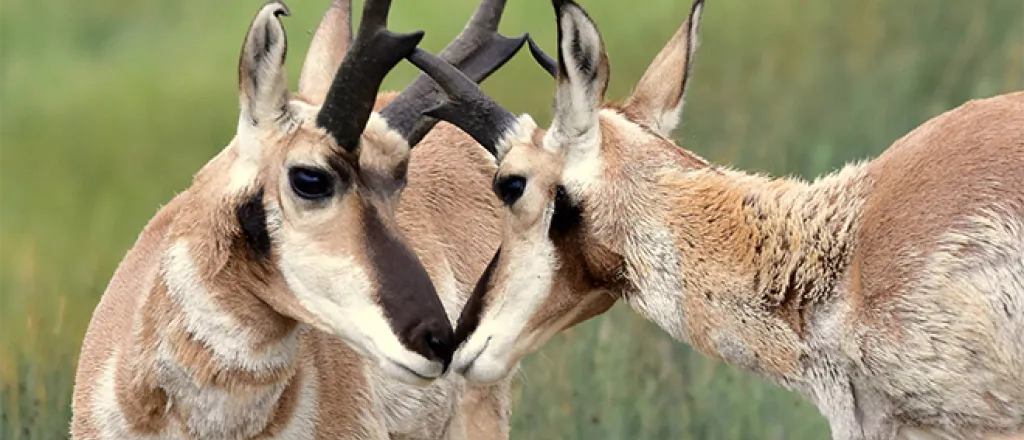
Pronghorn deaths in Eastern Colorado a warning to motorists
Click play to listen to this article.
Pronghorn, which can reach speeds of 60 miles per hour, are the second-fastest mammal on earth but their speed is no match for cars and trucks.
Colorado Parks and Wildlife recently released video showing more than 100 pronghorn killed along eastern Colorado roads after heavy snowfall blocked their escape routes.
Liz Rose, Colorado field representative for the Theodore Roosevelt Conservation Partnership, said unfortunately, such numbers are not unusual. Every year, 4,000 wildlife-vehicle collisions are reported across the state.
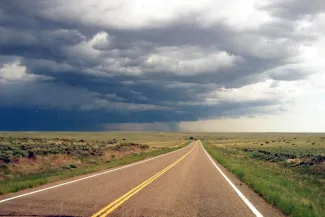
© Chris Sorensen
"Those are just the reported incidents," Rose pointed out. "The actual collision rate is thought to be more than 14,000 wildlife-vehicle collisions each year in Colorado."
Colorado is home to herds of bighorn sheep, deer, elk and pronghorn, and all must travel between winter and summer habitat for food and shelter. Rose emphasized because migration corridors intersect with roads and highways, motorists need to be on the alert. Each year, collisions cost $80 million in property damage and medical-related expenses, and 24 million in lost wildlife.
Wildlife-related recreation added $7.5 billion to Colorado's economy each year. Rose believes it is important for lawmakers to protect the revenue stream by creating and maintaining overpasses, underpasses, fencing and signage. The first major wildlife crossing on the I-70 mountain corridor, completed last June west of Denver, cost just over $10 million.
"Additional funding for the crossing infrastructure is desperately needed," Rose contended. "Because these are big projects and for them to be really successful, it's important to incorporate the best data, the best construction practices, to do it right."
Using GPS tracking data, scientists have identified 88 top-priority sites across the state where large herds routinely encounter roads and highways. Rose stressed everyone wants to feel safe driving across Colorado's iconic landscapes and most want to see wildlife, just not on the road.
"The risk of wildlife-vehicle collisions affects all of us in Colorado," Rose added. "Anyone who drives, especially near sunrise or sunset, we are all at risk of potentially encountering wildlife."


